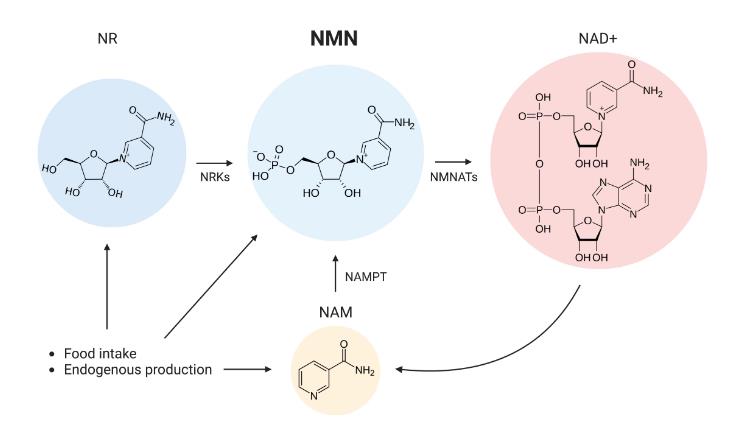Meet the Marshmallow, a Soft, Plush, Rangy Herbal Helper

The leaves as well as roots of the marshmallow, a prairie plant, are used in remedies for digestive, respiratory and urinary tract problems.
Fall means different things to different people. To some, it means the season of pumpkin-spiced everything. To others, it is the anticipation of changing leaves. Here on the farm it means a whole new season of chores. This week I realized that many of our perennials are ready to be lifted, harvested or moved.
An herb that falls into this category is marshmallow. Marshmallow (Althaea officinalis) is a native prairie plant we grow for its leaves and its roots. It resides in the malvaceae family and is related to some pretty showy plants, such as the hollyhock, chocolate and the hibiscus. On a farm, you often come across more mallow than you might realize. In weedy form you are likely to encounter a plant folks call “cheese” because of its seed pods that resemble little cheeses. These little pests in particular have leaves that are good eating. Really, most members of the mallow family are edible.
[xxid]1,651[/xxid]
Healthy Benefits of Marshmallow
A big feature of the marshmallow plant is its high mucilaginous content. On every farm tour, I ask everyone to pet a leaf from this plant. It is like farming velour. The leaves are thick, plush and soft. Just touching one you are soothed. Internally, they are equally soothing, addressing a whole host of issues in the digestive, respiratory and urinary tracts.
The root of the marshmallow has even more for us than the leaves. This is where the plant stores its deep nutrition. It is a good source of iron, magnesium, selenium, chromium and vitamin C. Marshmallow is approved by the Commission E of Germany for treating inflammation in the stomach, mouth and throat, and it is traditionally used to prevent a urinary tract infection. I tend to use it in most any cough or congestion formula. It is my go-to when working with someone dealing with any open lesions throughout the digestive tract. In that case, I recommend marshmallow root powder stirred into a morning cup of oatmeal to calm irritation.
Many herbalists argue over the best way to harness everything that the marshmallow has to offer. Some prefer to make it with a cold infusion to get the most of the mucilaginous content. This would also preserve the vitamin C. I don’t mind using warm water to make a tea or syrup, but I typically avoid boiling water.





Leave a reply